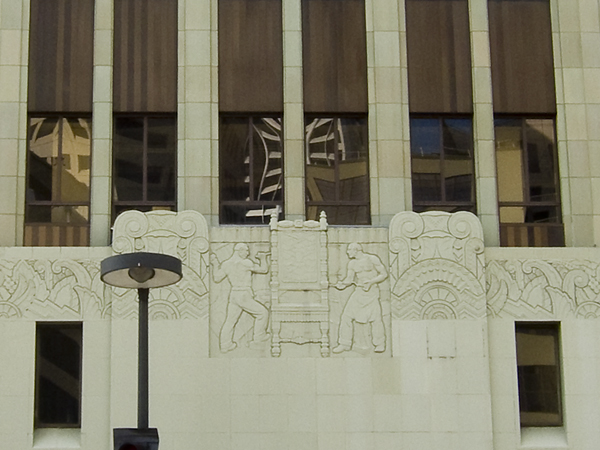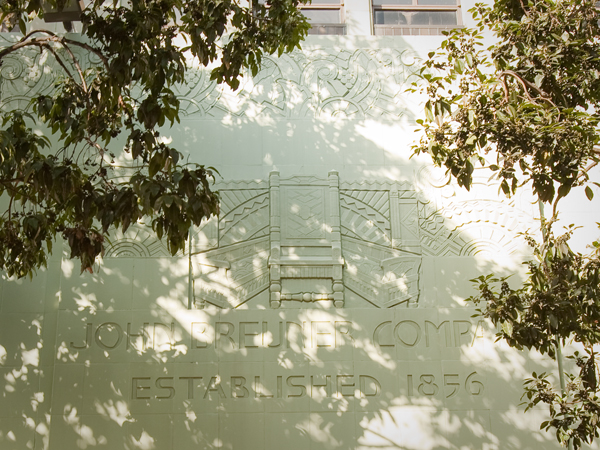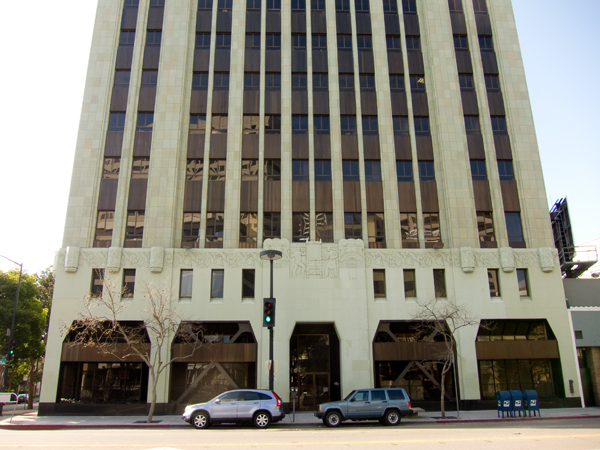Art Deco was an international design movement popular in the 1920’s and 30’s, focused on themes of luxury, technology, modernization, and craftsmanship. The movement was born in Paris, an outgrowth of the previous Art Nouveau movement that was declining in popularity at the turn of the 20th century.
Art Nouveau (French for “new art”) focused on the importance of artisan craftsmanship, and typically featured organic motifs of flowers & plants, and/or highly stylized curved forms. Art Deco retains many of the same inherent aesthetic qualities as Art Nouveau, but was considered a modernization of the style, and until a comprehensive book was written about it, following an exhibition at the Minneapolis Institute of Arts in 1971 by Bevis Hillier, Art Deco had often been referred to as “Style Moderne.”
Hillier’s book was titled Art Deco of the 20s and 30s, which first popularized the term. He took his title from an exposition held in France in 1925, the Exposition Internationale des Arts Décoratifs et Industriels Modernes (truncating the words “Arts Décoratifs”). The Exposition was organized by a collective of French artists known as La Société des Artistes Décorateurs (the society of the decorator artists), and its purpose was to demonstrate French artists’ and designers’ dominance as leaders in the world of luxury design. The French are not known for their modesty! The exposition was originally slated for 1915, but was postposted due to WWI, which had the unlikely effect of expanding the historical influences to the designs presented.
With the increasing ability to travel abroad, and international interest in archeology fueled by discoveries such as the lost city of Pompeii and King Tutankhamun’s intact tomb, artist and designers began incorporating exotic cultures and primitive arts into their design themes. These influences are pervasive throughout the Art Deco movement – Egyptian motifs are prevalent, as well as Grec0-Roman, Babylonian, Azteca, etc. and can be seen in sunburst and zig-zag patterns, staggered tiered/pyramidal structures, pictorial representations and more.
This period of Deco, sometimes referred to as Zigzag Moderne, flourished during the hey day of the post-war roaring 20’s. The economy was booming, people were optimistic, and the lavish yet modern stylings of Deco ushered in this age. Classic examples can be seen in the Empire State Building (pictured below) and Chrysler Building, both built in the late 1920’s in New York.

As I mentioned last week, I took the tour this past weekend of our incredible Paramount Theatre, “one of the finest examples of Art Deco in the United States,” which displays many of the Zigzag influences as well as references to Art Nouveau, through repetitious use of organic themes of grass, flower, leaf, & vine. I’ll be posting about it later this week, but it’s a lot of material to compose (the Paramount’s website alone has more than 4 pages of history and artists information, so I may need to break it up a bit). We’ll see… Please stay tuned.
As Deco continued to develop throughout the 1930’s more industrial influences can be seen, such as sleek, aerodynamic stylings often referred to as Streamline or Streamline Moderne. Rounded corners, chrome surfaces, and the conveyance of speed influenced everything from buildings to cars to kitchen appliances. The renovated marquee of the Fox Oakland Theater (shown in my last post) is a good example of Streamline design, as is the 1934 Chrysler Airflow pictured below (photo courtesy of Randy Stern on Flickr).

Though a dominant design form through the early 1930’s, Art Deco waned in popularity mid-decade as the Great Depression continued to take its toll. The glitzy elegance and luxurious treatments of Deco-inspired buildings and products were seen as stark reminders of a promised prosperity, never realized. “Moreover, as the threat of a second world war loomed closer and closer, Art Deco was looked upon ever more vehemently. And with the outbreak of WWII in 1939, Art Deco was dead.” (Art Deco Style)
Not truly dead however… Because we have our wonderful historical homages to this period, many of which have been spared the wrecking ball due to their incredible beauty and craftsmanship. I’ll be looking at many of our Oakland Art Deco masterpieces in my coming posts…











